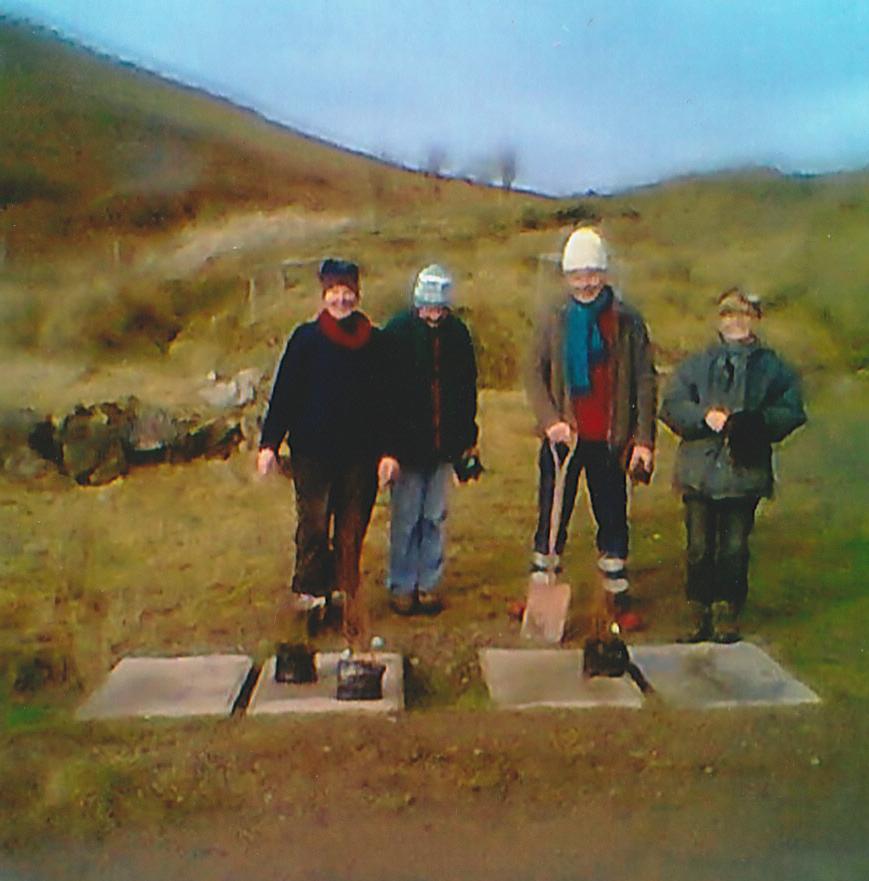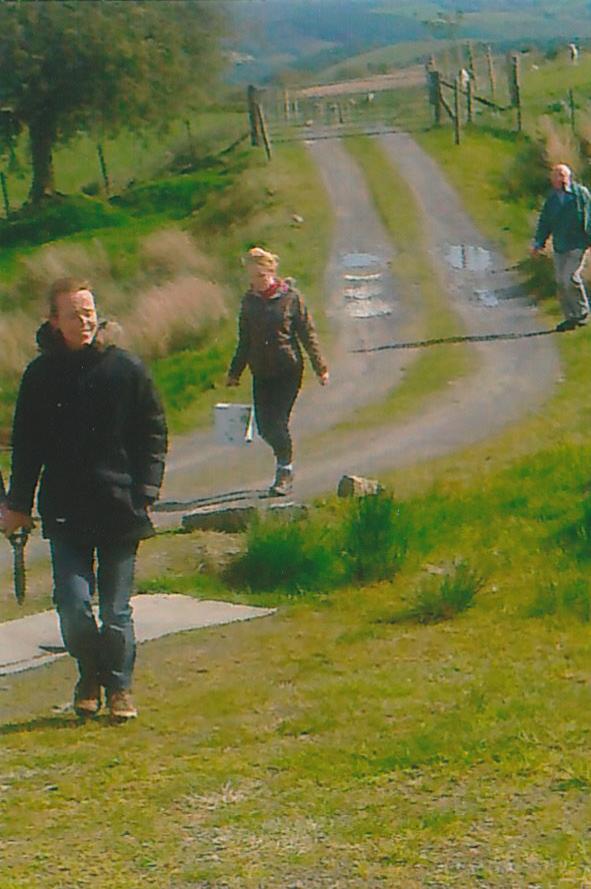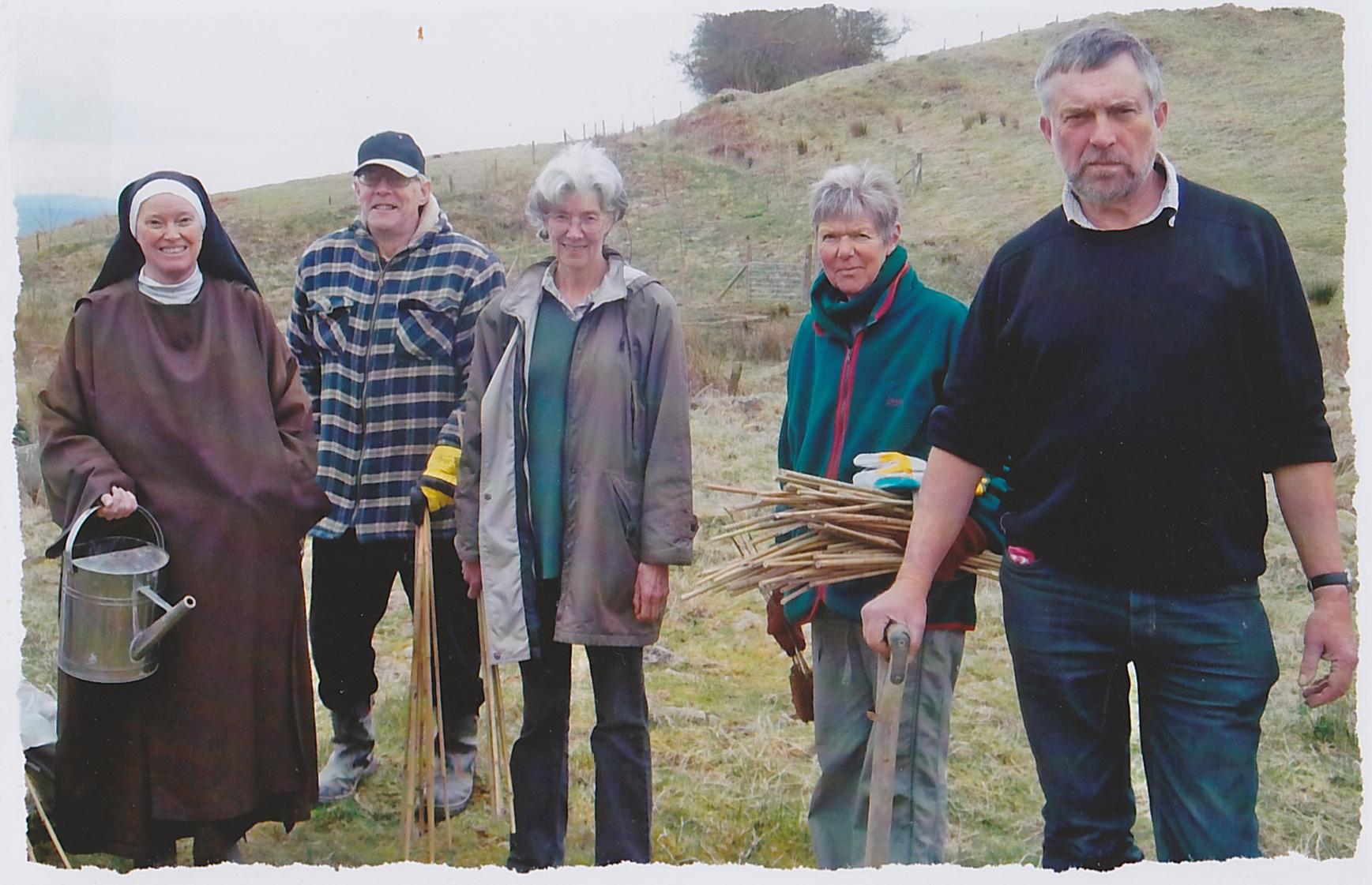Eremitic Life Within Everyday LifeThere are many misunderstandings about eremitic life though it has often been a central feature of Christianity and many other religions; in Britain though it is only since the mid 1970's that it has been on the rise. The reformation put paid to monastic life - coenobitic, eremitic or anchoritic. It took a long time to recover and is still very much hidden from view especially in the Anglican community. The public benefit of such vocations was so valued by civic life that in the middle ages Norwich city alone 'employed four hermits' - coenobitic and eremitic life still is in Tibet where allegedly one in four of the population is supported by the populace, so important is the work they do for everybody's benefit. It has always been understood in other counties that a hermit is not cut off from ordinary life, for instance the poustinik in the
Russias is well understood to be an essential part of the community and not just the religious community. "We will eternally abide in God and constantly flow forth and ceaselessly turn back within" (John Ruusbroec) The current hermit has many years experience in the practice of and training others in community, health, youth, aged, disability and special needs and other social action work, has run tow charities and been involved in many more. These skills and understanding are brought to the vocation. Training is offered and taken up by those who seriously wish to deepen their understanding of contemplative life and solitariness (it is said you cannot be with others Truly until you can be with yourself and God) which they then take back to their active communities. This solitariness may be called 'Walled about with God', and is the means of breaking down the division between action and contemplation. Training is not a rest from 'the so called world' but a resting in all worlds by rigorous training in meditation. This is not a soft option. "where the body stands there should the mind be also, so that nothing exists between God and the heart as a dividing wall or a partition
to screen off the heart and separate the mind from God". Thus the basic practice at the hermitage is in the closest we know which is satipaṭṭhāna or as it is popularly called mindfulness; this is the spiritual form of practice not that which is currently used in healing and commercial arenas. The Eucharist is celebrated monthly to which those on retreat here or living close enough are invited. At other times the Blessed Sacrament
is held here and dispensed daily agian of which others may at agreed times may partake. |
||||
 |  |  |
||
|
In other more informal ways, the hermit acts as a 'beacon', in community work parlance 'access information', if you do not know that such exists (that there is a bus tune take for instance which if you speak English, are numerate and literate will give you access to many places and opportunities) it is impossible to know that such a life and training are possible to open up your mind, heart and life in the activities of everyday life. Though apparently hidden much unknown becomes visible. IN the street, in the shops local people as questions, ask for prayer and engage in discussion about things they would probably rarely dare to do with others. So, not cut off, private and divorced from the world wither in the mundane sense or the true sense - as fully as possible within but not of the worldly. It is the trust's aims to be able to support fully not just one hermit but in due course as donations are forthcoming others called to the life and those 'testing' the vocation who are not supported by any other means. They need not be Christian hermits. |
||||